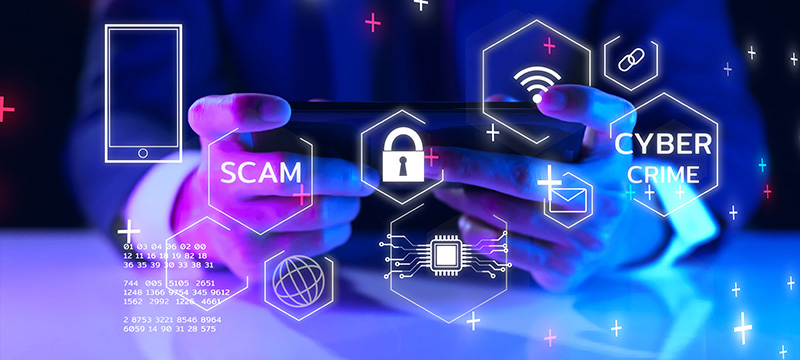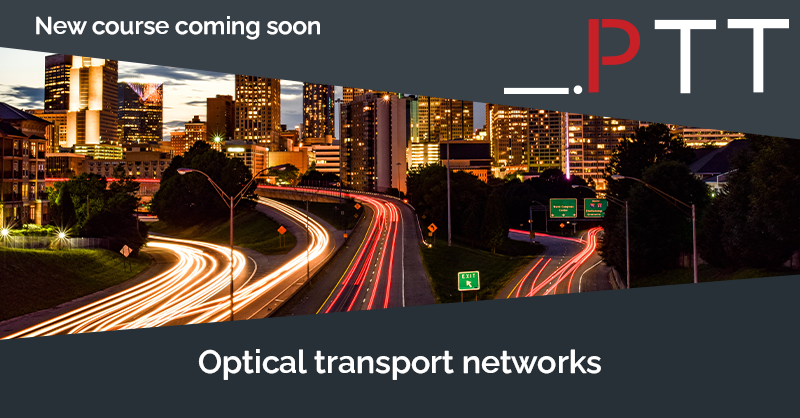Fraudulent farming
May 1st, 2025

The UK is to become the first country in Europe to ban SIM farms in a measure to assist in the protection of consumers.
SIM farms are electronic devices that are capable of simultaneously using many SIM cards (subscriber identity modules) to send SMS texts or phone calls in large numbers over the telecommunications network.
The aim of the UK government is to clamp down on the sending of scam calls or texts by fraudsters. So-called phishing messages can be used to lure recipients in giving away personal or financial information. Vodafone UK has reported it has blocked more than 73 million suspicious texts in 2024 alone. The proposed legislation will assist is stemming the flow of these messages.
SIM farms can also be used to fraudulently drive traffic to a premium rate telephony service (PRS) run by the criminal. For example, the fraudster may automate very short calls from the SIM farm to victims which will not be picked up in time. Having noticed the “missed call”, people may make a call to the PRS through the SIM farm without realising it is charged at the premium (very high) rate.
In the past, SIM farms containing fraudulently obtained SIM cards were used by criminals to terminate international calls that bypassed the PTSN (public service telephone network) and so avoided high international call charges. The low cost service was advertised to potential users in other countries primarily through the sale of international calling cards. Of course, the widespread use of free VoIP services such as WhatsApp has now made that fraudulent activity redundant. But as always, criminals have moved on by exploiting advances in technology and services for new ways of defrauding the unwary.
PTT’s online course “Telecommunications systems security” explores ways of reducing the vulnerability of telecommunication systems and databases to security breaches and fraudulent misuse.
Comments Off on Fraudulent farming
Illuminating optical networks
February 19th, 2025

We are living in the age of data with the volume of data stored globally doubling approximately every four years. Creating, transferring, utilising, and managing data is necessary for the smooth running of daily life for consumers, governments and businesses alike.
The International telecommunications union (ITU) has estimated that mobile and fixed broadband traffic had an annual average growth of 30% globally between 2019 and 2023. In that same period the UK’s mobile data consumption increased by 300%.
The operators of the networks that provide telecommunications services to residents and businesses are having to respond to these higher traffic loads and the demands for lightning speed communications. Meanwhile, the venerable synchronous digital hierarchy (SDH) that operators have relied on for many years has reached retirement age.
The new generation of telecoms networks must cope with the future growth of traffic loads fuelled by cloud services and use of artificial intelligence. Other services with special requirements and increasing relevance, including massive machine type communications (mMTC) and mobile edge computing, must also be catered for.
Specialist services that depended on the SDH also have to be catered for when transitioning to the new generation of networks. These include the utility sector’s SCADA and teleprotection communications .
Optical transport networks (OTNs) that employ very high capacity optical fibre with optical switching offer the capacity, low latency, and operational flexibility required now and in the future. They also provide the characteristics required by a range of different services.
There are several ways in which OTNs can be implemented each with their own advantages. Choosing the appropriate configuration can be challenging especially as advice from equipment suppliers is unsurprisingly often coloured by their own offerings.
PTT’s new online course provides an in-depth, impartial treatment of the operation and possible architectures of, and services provided by, optical transport networks.
Comments Off on Illuminating optical networks
Preparing for a copperless future
January 16th, 2025

Telephony services have relied on the use of copper wire pairs for the last 150 years. In that time service providers have made a considerable investment in installing and maintaining the copper-based infrastructure that the public switched telephone network (PSTN) relied on.
But the venerable PSTN is reaching the end of its life. Its old technology is increasingly difficult to maintain and many customers are using alternative methods of communications.
Although those copper pairs now also provide broadband services as well as telephony, the ultimate plan is to also retire and remove the copper infrastructure. BT in the UK estimates they can recover an estimated 200,000 tonnes of copper through the 2030s.
The ultimate aim of service provides is to move customers to fibre to the premises with telephony using voice over IP (VoIP) techniques.
The European Union (EU) has a target of switching off copper-based services entirely by 2030 while in the UK, the incumbent operator BT has the aim of moving its PSTN users to VoIP services by 2027. However, many of those BT customers will be migrated to VoIP over the copper pairs that still provide Internet access.
There are many challenges for service providers in achieving their aims. A recent report revealed that just ten countries in the EU were expected to meet the 2030 deadline. For example, Belgium predicted it would migrate 80% of customers to an all-fibre service by 2034 and reach 100% by 2040.
The main hurdle to total migration is not technical but human. Customers need to be prepared for the required changes to how they access a service and convinced by the benefits that can ensue from an all-digital environment. But there are also technical issues: alarm services may not work over a digital connection and VoIP telephony requires battery backup to retain service provision when mains supply fails.
Apart for residential customers, businesses also need to be prepared. It has been reported that less than 26% of businesses in the UK have a plan in place for the switch-off of analogue telephony and less than one in ten are aware of the 2027 deadline.
Education and preparation are therefore key to a successful transition to an all-fibre future.
PTT online courses include those covering “Telephony and data services”, “Introduction to telephony”, and “Voice over IP”.
Comments Off on Preparing for a copperless future


